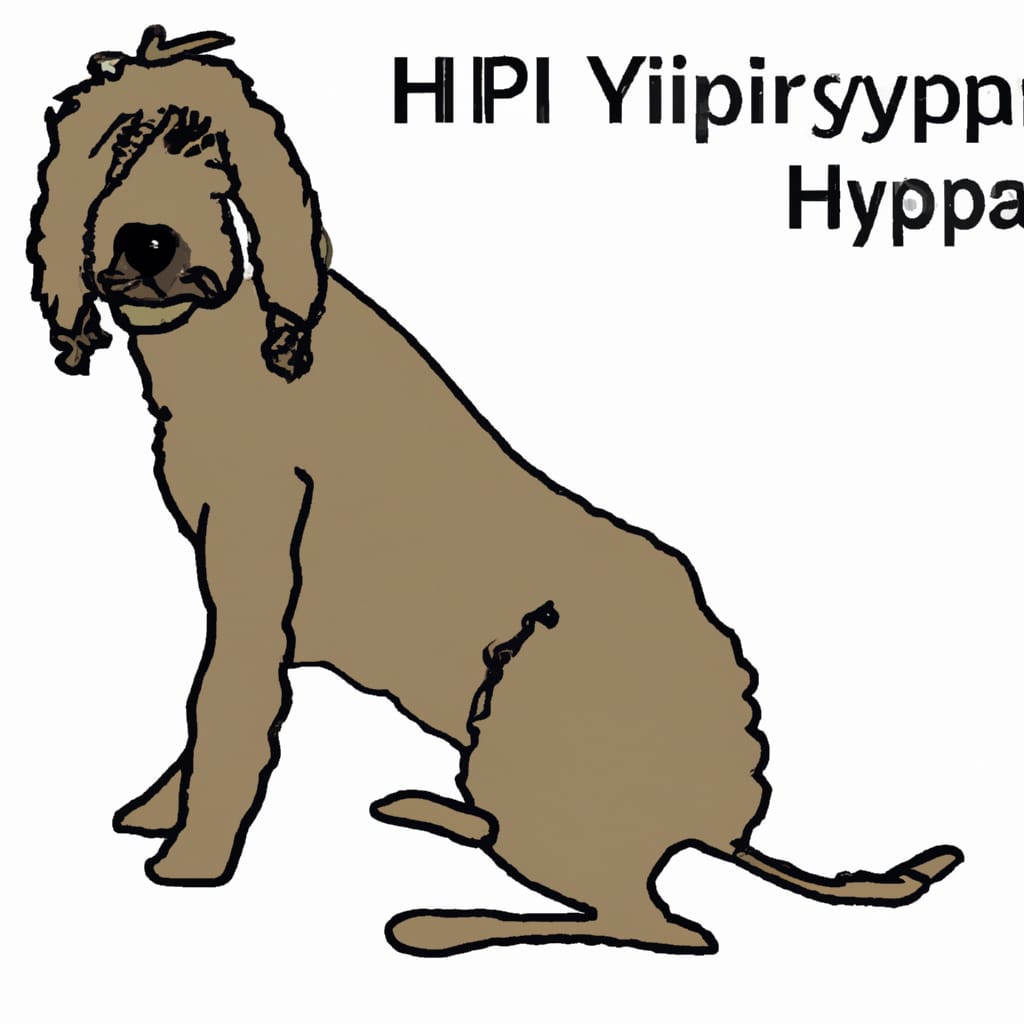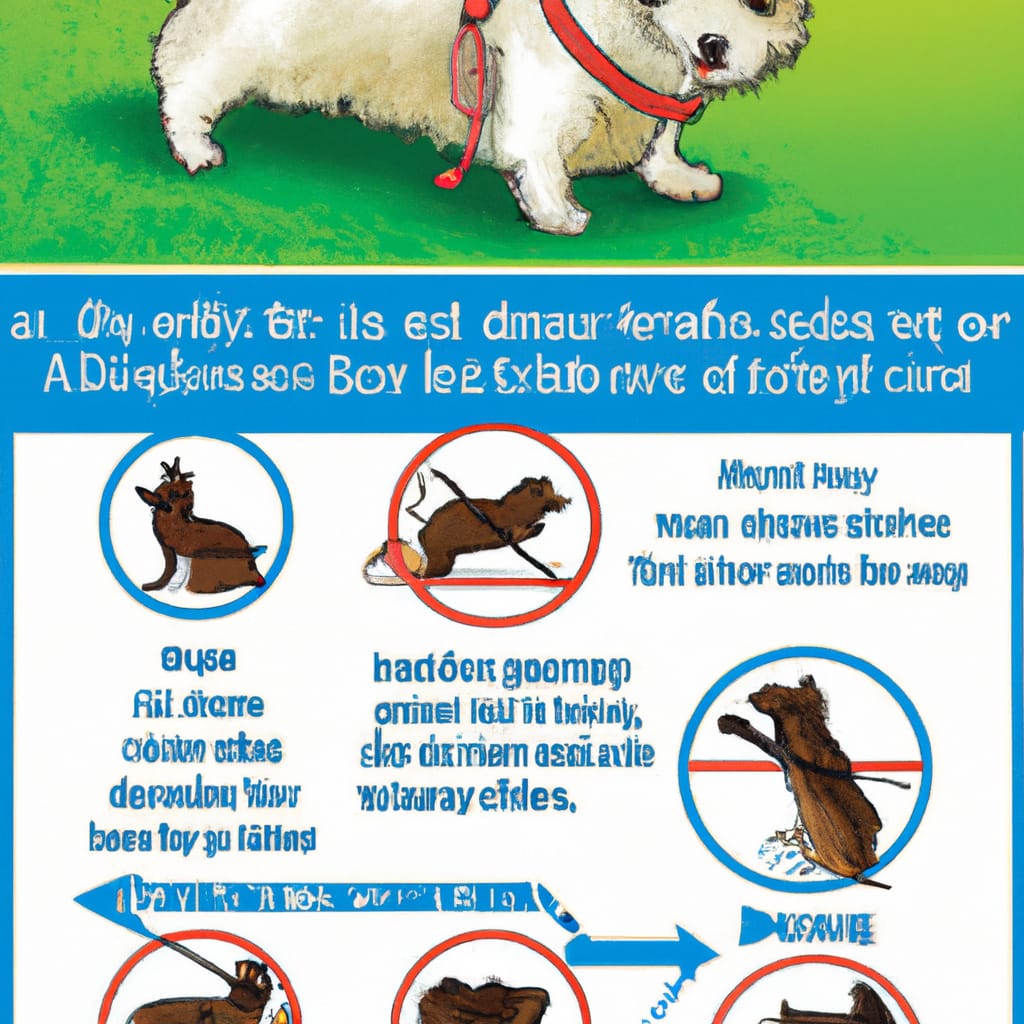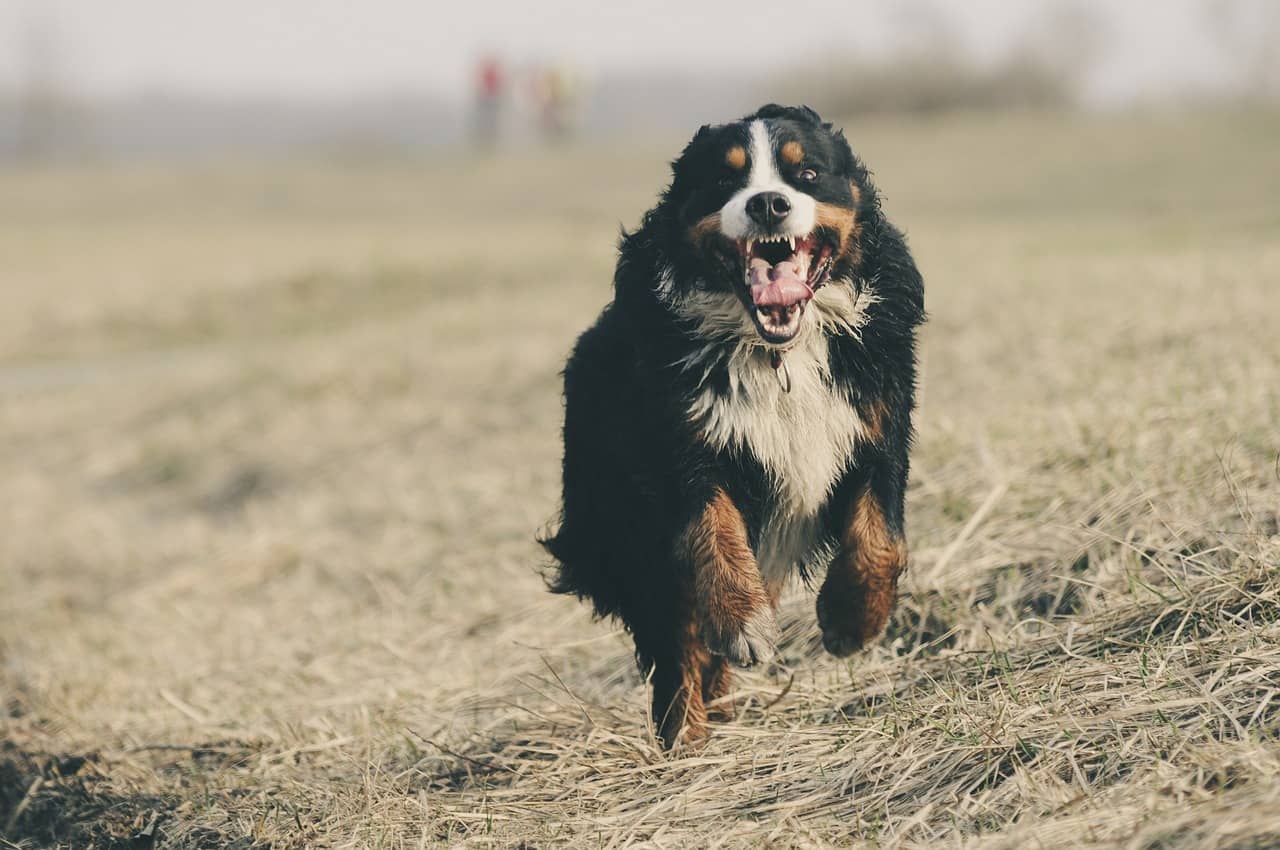Hip Dysplasia In Doodles: Prevention And Treatment Options
Hip Dysplasia is a common concern among Doodle dog owners, and rightfully so. In this article, we will explore the various prevention and treatment options available to ensure your furry friend lives a comfortable and healthy life. From exercise routines tailored to strengthen their hip joints, to surgical interventions and medications, we will provide you with all the information you need to know about dealing with Hip Dysplasia in Doodles. So, grab a cup of tea, sit back, and let’s delve into this important topic together.
What is Hip Dysplasia?
Hip dysplasia is a common skeletal condition that affects many dogs, including Doodles. It is a condition in which the hip joint doesn’t develop properly, leading to instability and eventual damage of the joint. This can result in pain, lameness, and arthritis. Hip dysplasia is typically a genetic condition, meaning it is inherited from the parents. However, other factors such as nutrition, exercise, and weight management can also play a role in the development and severity of hip dysplasia.
Causes of Hip Dysplasia
As mentioned earlier, the primary cause of hip dysplasia in Doodles is genetics. When breeding dogs with hip dysplasia, there is a higher likelihood of passing on the condition to their offspring. However, it’s important to note that not all Doodles from parents with hip dysplasia will develop the condition. Other factors such as rapid growth, improper nutrition, and excessive exercise can also contribute to the development of hip dysplasia, especially in dogs that are already predisposed to the condition.

Common Signs and Symptoms
Recognizing the signs and symptoms of hip dysplasia in your Doodle is crucial for early detection and intervention. Some common signs of hip dysplasia include difficulty getting up or lying down, limping, bunny hopping (using both back legs together), reluctance to climb stairs or jump, a decrease in activity level, and a noticeable decrease in muscle mass around the hind legs. These symptoms can vary in severity, and it’s important to consult with your veterinarian if you suspect your Doodle may be experiencing hip dysplasia.
The Impact of Hip Dysplasia in Doodles
Hip dysplasia can significantly impact the quality of life for Doodles. The pain and discomfort associated with this condition can limit their ability to move freely, play, and enjoy regular activities. It can also lead to secondary issues such as muscle atrophy, arthritis, and even behavioral changes due to chronic pain. Additionally, the cost of medical treatment, including surgeries and ongoing pain management, can be a burden on Doodle owners. It is therefore crucial to take preventive measures to reduce the risk of hip dysplasia in Doodles.

Preventing Hip Dysplasia in Doodles
While hip dysplasia may have a genetic component, there are several steps you can take to help prevent or decrease the severity of the condition in your Doodle.
1. Proper Diet and Nutrition
Providing your Doodle with a balanced and appropriate diet is essential for their overall health, including their bone and joint development. A diet that is rich in essential nutrients such as calcium, phosphorus, and omega-3 fatty acids can support healthy bone growth and reduce the risk of hip dysplasia. Consult with your veterinarian to determine the best diet for your Doodle’s specific needs.
2. Maintaining a Healthy Weight
Obesity can put extra stress on your Doodle’s joints, including the hips. Maintaining a healthy weight is crucial in reducing the risk of hip dysplasia and managing its symptoms. Overfeeding or feeding inappropriate foods can contribute to excessive weight gain in dogs. It’s important to monitor your Doodle’s weight and adjust their diet and exercise regimen accordingly to keep them at a healthy weight.
3. Regular Exercise and Physical Therapy
Proper exercise is important for maintaining muscle tone and keeping joints healthy. However, it’s crucial to strike a balance and avoid overexercising your Doodle, which can put unnecessary strain on their hip joints. Low-impact exercises such as swimming and controlled walks are generally recommended. Additionally, physical therapy exercises prescribed by a veterinarian or a canine rehabilitation specialist can help improve muscle strength and joint stability.
4. Avoiding Overexercise and High-impact Activities
While exercise is essential, it’s important to avoid overexerting your Doodle and engaging in high-impact activities that can worsen or lead to hip dysplasia. Activities such as jumping from high places or sudden, intense bursts of running can put excessive stress on the hip joints. It’s important to provide a safe and controlled environment for your Doodle’s physical activities to reduce the risk of hip dysplasia.
Conclusion
Hip dysplasia is a common condition that can significantly affect the lives of Doodles. While genetics play a significant role in the development of hip dysplasia, there are preventive measures that can be taken to reduce the risk and severity of the condition. By providing a proper diet, maintaining a healthy weight, engaging in regular low-impact exercise, and avoiding overexertion, you can help promote the long-term health and well-being of your Doodle. However, it’s important to consult with your veterinarian for tailored advice and treatment options specific to your Doodle’s needs. With proper care and management, you can help your Doodle live a happy and active life, free from the limitations of hip dysplasia.












